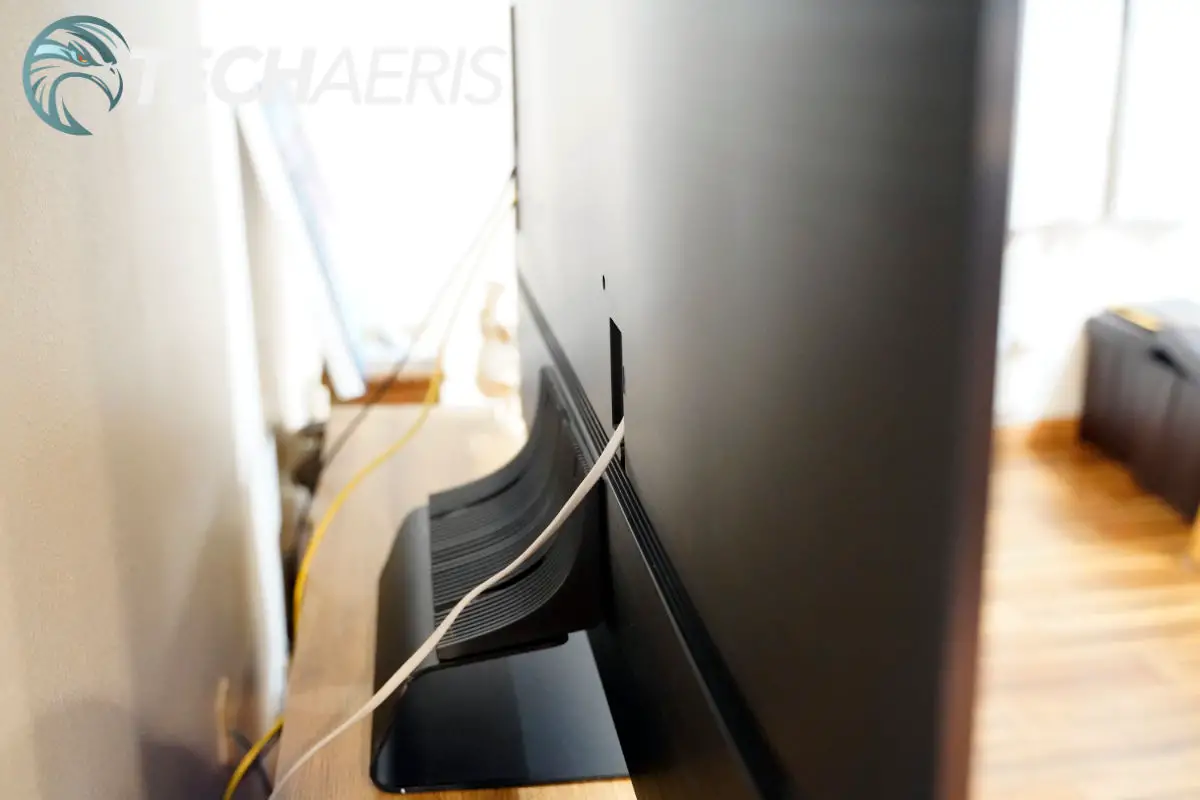

It’s just a pity that Samsung has only provided a single HDMI with 4K/120Hz and VRR support when LG’s OLED48C1 TV provides four.Īs ever with Samsung TVs, the 50QN90A supports neither Dolby Vision HDR nor Dolby Atmos sound. The VRR support even stretches to AMD’s FreeSync Premium Pro system, with its additional colour, brightness and backlight control requirements. One of the HDMIs supports eARC, for passing lossless Dolby Atmos audio out to a suitably capable soundbar or AVR, while HDMI 4 supports the latest gaming features of 4K at 120Hz, VRR (Variable Refresh Rate), and ALLM (Auto Low Latency Mode). They’re still plentiful, though, including four HDMIs, three USBs and the usual wi-fi and Bluetooth options. The 50QN90A’s connections are all built into the TV rather than integrated into an external One Connect box of the sort provided with Samsung’s flagship TVs. Panel type VA with direct mini LED lighting Don’t assume that the 50QN90A’s picture performance is necessarily representative of other sets in the range. Please note, though, that it appears that other screen sizes in the QN90A range use IPS-type LCD panels, and so may well exhibit inferior contrast. The 50QN90A uses a VA panel type, with Samsung’s Wide Angle technology provided to help it retain colour and contrast better when viewed off axis. The result of all this fine light control should be, hopefully, more contrast, more peak brightness, and a wider colour range – all things we look for from any TV that wants to be serious about unlocking the joys of today’s high dynamic range pictures. To give this more context, Sony’s 50-inch XBR-50X90J LCD TV uses just 24 local dimming zones.

Remarkably, the QE50QN90A can simultaneously deliver different levels of light from no less than 448 separate LED zones. When we say ‘advanced local dimming zone solution’, we mean it. Especially when, as in the 50QN90A’s case, the Mini LED array is driven by an advanced local dimming zone solution powered by Samsung’s latest Neo Quantum 4K processor. And if you can fit many more LEDs into the same area, you can also deliver much more granular, localised control over how their light is used to deliver the TV’s pictures. Using much smaller LEDs means you can fit many more of them into the same screen area. The former delivers a wider potential colour gamut than regular LCD colour filters, while the latter replaces the usual meaty LED backlights with much smaller LEDs shorn of the packing and lenses they’re encased in on normal LED TVs.

This essentially describes the combination of Samsung’s Quantum Dot colour and Mini LED technologies. The big story with the QE50QN90A is its use of Samsung’s Neo QLED technology. (Image credit: Samsung / The Unforgivable, Netflix)


 0 kommentar(er)
0 kommentar(er)
